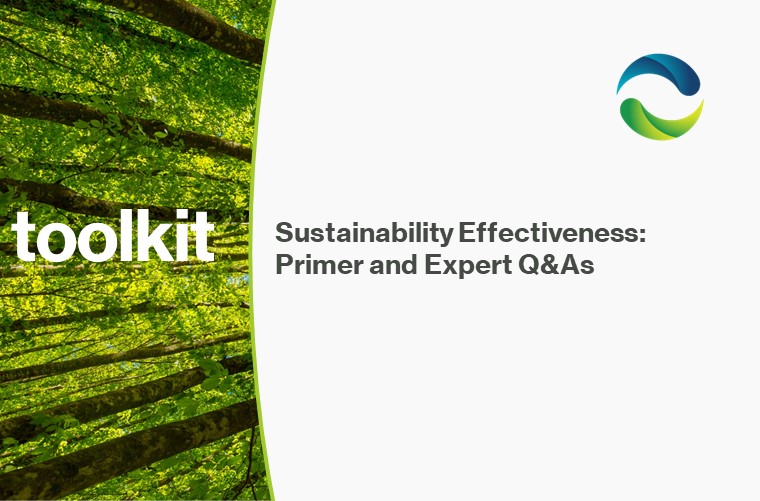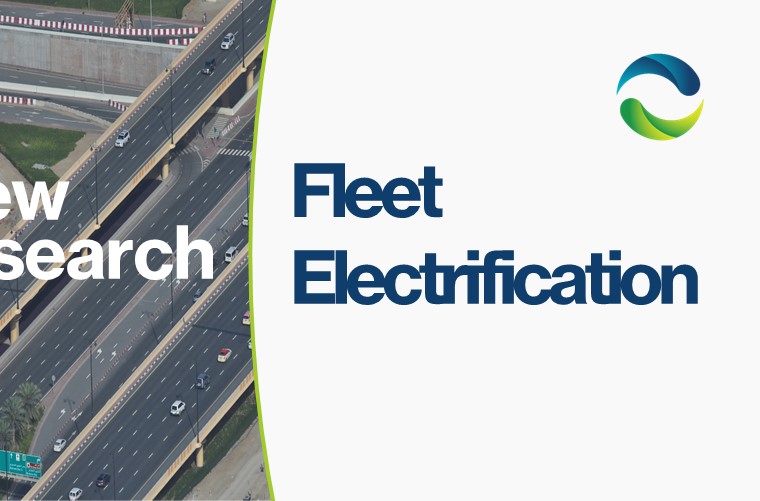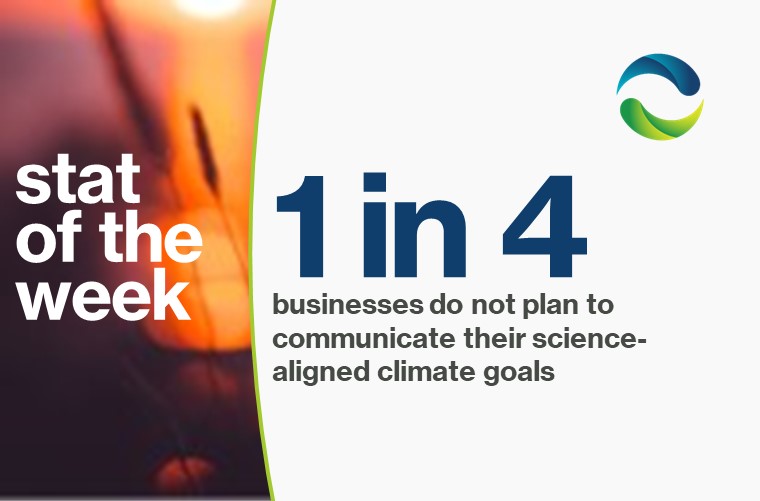In 2022, a record number of companies—over 18,700—disclosed environmental data to CDP, the world’s largest voluntary environmental disclosure platform. This figure represents a 38% increase in disclosures from the previous year and a 233% increase since the Paris Agreement was signed in 2015.
While growth in the number of disclosures is promising, it is also important to consider the quality of information provided. In fact, only one third (34%) of companies that disclosed in 2021 actually improved their scores in 2022 (excluding the 2021 A List). Furthermore, despite an increase of more than 3,000 companies scored by CDP in 2022, only an additional 61 companies made the A List. Finally, the number of companies awarded a Triple A score declined [from 14 in 2021] to 12 in 2022, which represents just 1.3% of the 900+ companies that were requested to disclose against all three questionnaires on climate change, forests, and water security.
The number of environmental disclosures is on the rise, but improvements in quality lag. Why might this be the case, and what does this disconnect signify?
- The good news: companies are feeling the pressure to report and are beginning to step up. In light of upcoming regulations for mandatory environmental disclosures across the world (e.g., the SEC’s proposed climate-related disclosure rule), 2022 became a record-breaking year for the number of organizations releasing environmental data. As companies prepare to meet new regulations, voluntary disclosure through CDP can help them “get ahead of regulation.” For example, in November of 2022, the Biden Administration announced that major federal suppliers will be required to disclose their environmental data through CDP. Companies that currently disclose through CDP are already complying with the new rule.
- CDP sets an ever-increasing standard for what it means to be an environmental leader. CDP frequently raises the bar for what qualifies as environmental leadership (an A score). For instance, in 2022, CDP followed more rigorous scoring on certain criteria, such as water data verification and climate transition planning. Additionally, CDP has not only modified but added questions, bringing the total across all questionnaires to 130 in 2022. This corresponds to an increase of 37 new questions (and removal of 17) from the previous year.
- Companies must anticipate and take action to meet these stricter standards. Although high standards are needed to hold organizations accountable and increase transparency, companies are not necessarily keeping up with the rising expectations set by CDP. While more companies than ever are disclosing environmental data, participation alone does not meet the criteria for environmental leadership.
- Companies are lacking a holistic approach. Across each of the three questionnaires, progress in 2022 was not uniform. For climate change, forests, and water security, the number of companies on the A List increased by 34%, increased by 4%, and decreased by 12.7%, This difference in progress across issues indicates that companies may not be taking a holistic approach to the management and measurement of environmental information. CDP and other disclosure frameworks should also consider ways to integrate questions across environmental issues.
CDP’s 2022 scores demonstrate that, while environmental disclosures are gaining momentum, there is significant room—and need—for improvement. Progress can be made by both parties. Not only must companies anticipate and prepare to meet stricter standards, but also, reporting platforms must improve integration across standards, taxonomies, and environmental issues to ease the disclosure process.





